In the mid-nineteenth century, there was only one major route to get from St. Louis, Missouri to merchant and settlement opportunities in the American West. That route was the Oregon Trail, taken by over 400,000 men, women, and children that were seeking a new start. The journey took five months by wagon and covered 2,000 miles.
It was quite difficult as they had to cross arid deserts and swollen rivers. Most of the people traveling on the trail were farmers, and the wagons held all their worldly possessions. The first of the travelers, a caravan of 58 people, started out in 1841. Two years later, the number of travelers on the trail increased and quickly became the big migration west.
10.Newlywed Protestant missionaries made one of the first wagon crossings
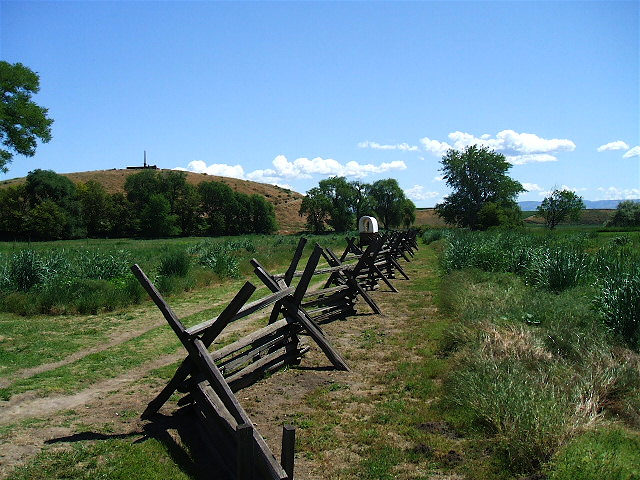
The route of the Oregon Trail was thought to be too rough for women or children to travel. This changed when the newlywed missionaries Marcus and Narcissa Whitman took a small party of wagons all the way from St. Louis to Walla Walla Valley so they could minister to the Cayuse Indians that lived there. Narcissa was known as the first white woman to travel through the Rocky Mountains. Her letters home were later published in Eastern newspapers, helping to convince many hesitant pioneers that their families could make the journey west. In 1843 Marcus would help the first major wagon train of 1000 people traverse the Trail.
9.Graffiti tradition of carving names and dates on stone landmarks
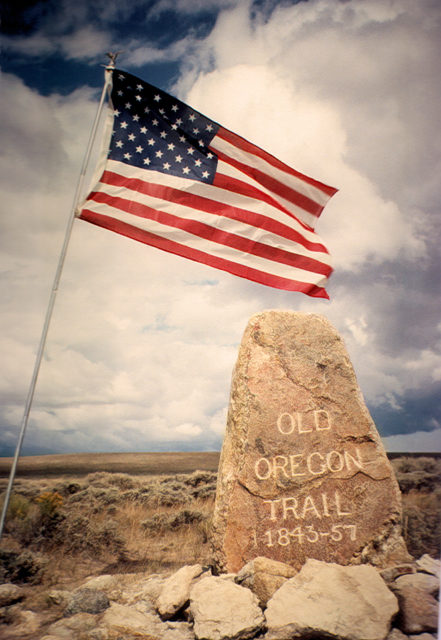
As the settlers traveled, they left etched reminders of their presence on stone landmarks. The most notable is the Independence Rock, a 128-foot-tall granite outcrop that is covered in names, dates, and hometowns of the people that camped in its shade.
Register Cliff and Names Hill are two other prominent places in Wyoming where similar etchings and carvings were made.
8.The boat-shaped Conestoga wagons were rarely used on the Oregon Trail
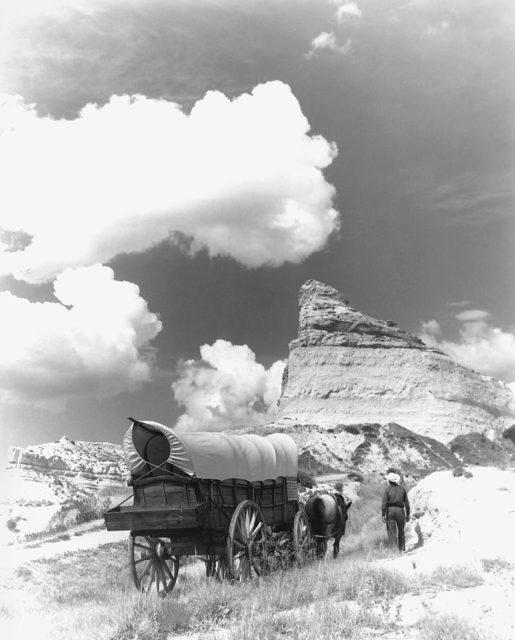
In the beginning, pioneers used a wagon that was dubbed the “prairie schooner”, due to the canvas covers which looked like ship sails. Conestoga wagons were actually too large and unwieldy to use on the trail, so a smaller wagon of four by ten feet was created and these were pulled by mule or oxen along the trail. The boards could even be caulked with tar; this allowed the wagons to be floated across rivers and streams. The schooners carried a ton of cargo and passengers, but they lacked suspension, so the ride was extremely bumpy. The settlers often preferred to ride horses or walk beside the wagons.
7.The Oregon Trail separated into many side trails

As more and more people traveled along the trail, the wagon ruts sometimes veered off to the side to get to good grazing areas for the draft animals or even new shortcuts that let the travelers pass by old stopping points.
In Wyoming there were trails that wandered for hundreds of miles both north and south. The guidebook that was available often contained false information, so the poor people sometimes got lost.
6.The wheel ruts from the hundreds of wagons are visible today
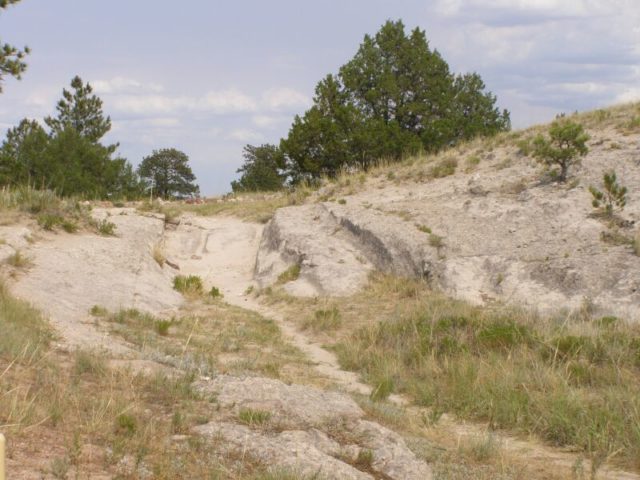
The wheel marks of the hundreds of wagons have worn unmistakable trails across prairie lands that are still visible today. Because the wagons traveled in all weather, the ruts are deep in places and nothing much grows on them. All the six states that the pioneer trails traveled over still have these as reminders of how courageous the pioneers were.
5.The Plains Indians rarely attacked wagon trains
Unlike the way they were portrayed in the movies and dime novels, the Plains Indians only rarely attacked the wagon trains. The pioneers did indeed circle their wagons at night, but this was for the practical reason of stopping the draft animals from wandering away in the night.
Many early wagon trains actually made use of the skills of the Pawnee and Shoshone tribes and their ability to lead the wagons safely across the Trail.
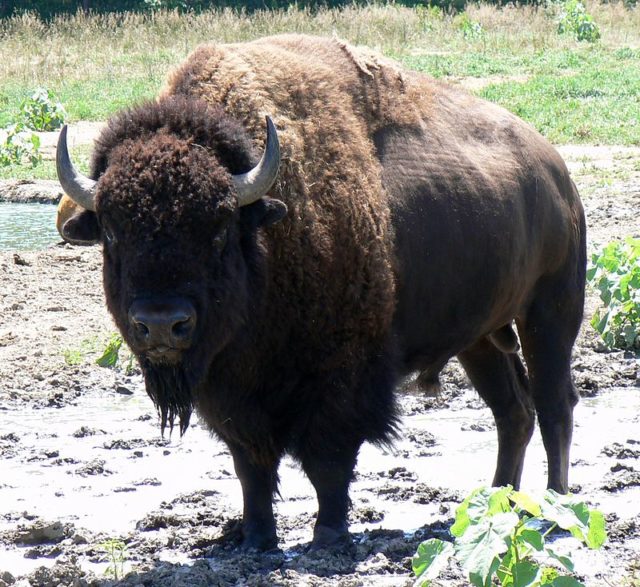
It was only after the Civil War that there were increased hostile encounters, but records show that from 1840 to 1860 only 400 settlers were killed by Indians. One was more likely to die from a disease or an accident. It is estimated that of the 20,000 people who died while traveling the Trail, most were killed by a disease.
4.Travelers had to bring a small cattle for fresh meat
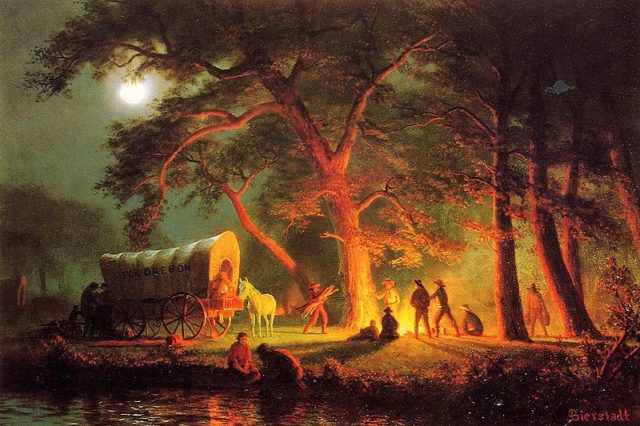
Even though the pioneers could and did carry slabs of bacon stored in barrels of bran, fresh meat was also needed on the five-month journey. Eventually it became hard, if not impossible, to find alongside the Trail, so enterprising families would bring cattle with them and these would trail behind the wagon.
Some of the cattle were brought for milking as well and it was common for the cow to be milked in the morning and the pail hung on the side of the wagon; due to the constant rocking of the wagon there would be butter by the time the travelers would stop at night.
3.Many Oregon Trail emigrants didn’t settle in Oregon at all
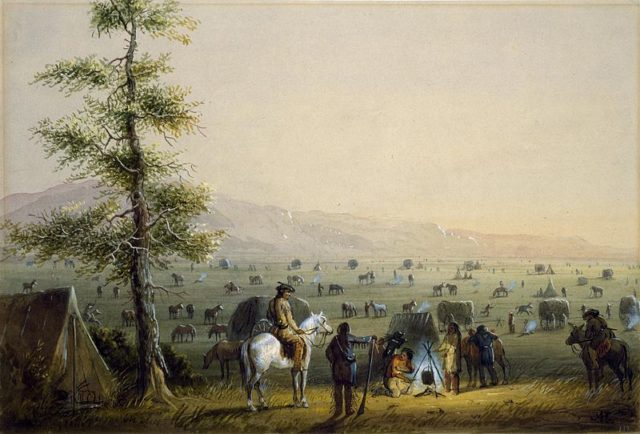
Out of the estimated 400,000 people who traversed the Oregon Trail, only about 80,000 ended up in Willamette Valley in Oregon. Many headed off on trails that came off the Oregon Trail and headed to Utah and California. The California Trail was known to have had over 250,000 travelers over it, most of them prospectors in the Gold Rush Era. The Utah Trail was traveled by the Mormons who settled around Salt Lake City.
2.Sections of the trails became dumping grounds for discarded wagon parts and food barrels
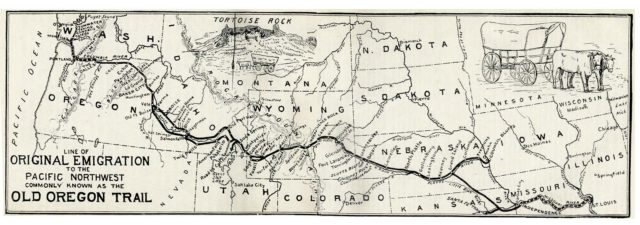
As traffic increased on the trail, frontier trading posts started to spring up to provide the wagons with the needed supplies for the five-month journey. Starting-off places such as Independence in Missouri soon were full of merchants which conned the inexperienced families into buying more than they needed.
As the travelers made their way along the trail they soon realized that they had overloaded the wagons and began to discard unnecessary items such as food containers and elements for wagon repair. Along the trail, there were broken down wagons and dead draft animals. Fort Laramie in Wyoming became known as “Camp Sacrifice” due to its use as an Oregon Trail dumping ground, History reported.
1.The Oregon Trail famous pioneer, Ezra Meeker, made the trip dozens of times
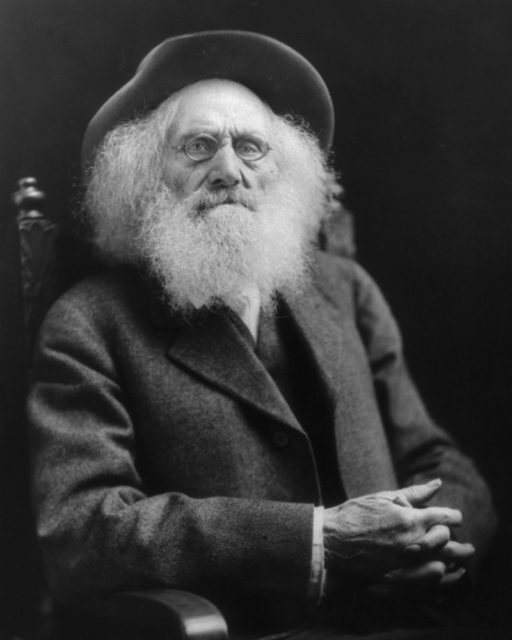
Meeker started his many trips in 1906 at the age of 76 when he decided that it was important for someone to make sure the story of the Oregon Trail would never fade from memory. He stopped often on his journey and gave many lectures about the history of the Trail, and created homemade “Meeker Markers” at the pioneer landmarks.
Read another story from us: Fannie Porter- The most iconic “Madame” of the Old West
He became so famous, that he eventually drove his wagon to Washington to meet President Roosevelt. He also traveled the Trail by train and car. At the age of 94, he made his final trip via biplane with the equally famous pilot Oakley Kelly.
